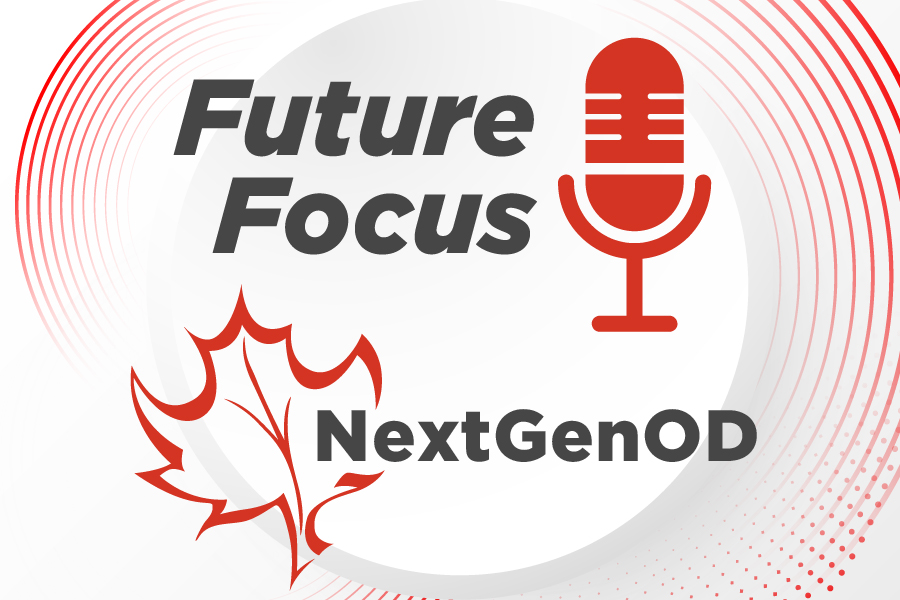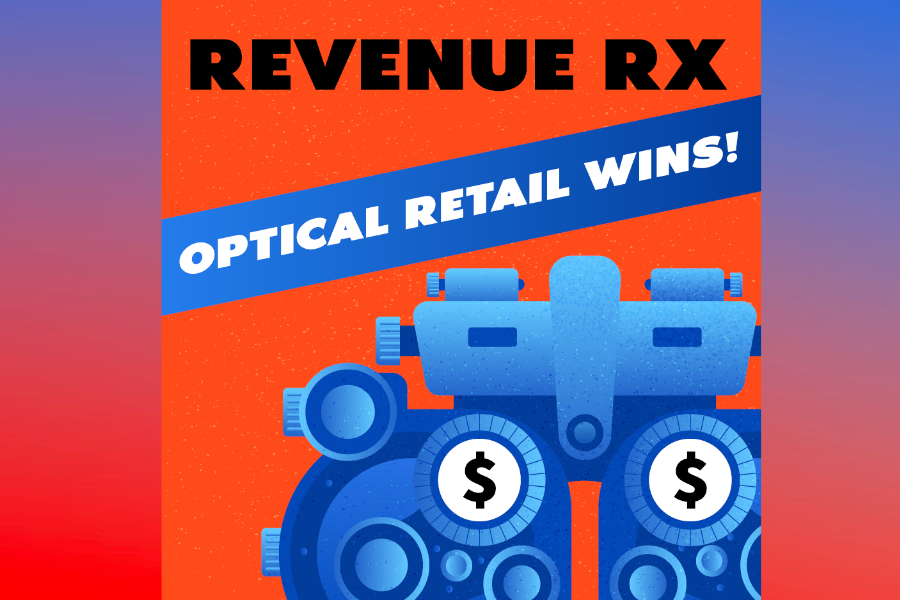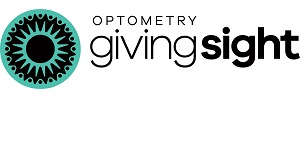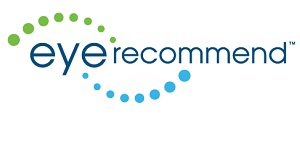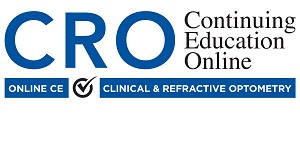
New research highlights the role of every staff member in improving satisfaction and retention
A newly published article in Clinical & Refractive Optometry (CRO) Journal sheds light on a persistent issue in the eye care profession—contact lens dropout. Despite advances in lens technology and patient education, nearly one in four new contact lens wearers discontinue use within their first year. The study, commissioned by the Contact Lens Institute and conducted by Prodege, surveyed 401 adults to identify factors that influence whether patients stick with—or give up on—contact lenses.
This peer-reviewed article, authored by Dr. Shalu Pal, is also available as a 1-hour accredited CE course at CROJournal.com, the online education platform from CRO Journal.
Satisfaction Gaps: A Call to Action
The study revealed a significant 19-point satisfaction gap between new wearers (67%) and long-term users (86%). This signals an opportunity for clinics to enhance the early experience of contact lens patients, with comfort, visual quality, and convenience emerging as key drivers of satisfaction.
On the flip side, dissatisfaction stemmed largely from cost, handling difficulties, and visual discomfort—factors that new wearers were particularly sensitive to.
The Power of the Entire Practice Team
One of the most compelling findings is the influence of the whole eye care team—not just the optometrist—on new wearers’ decisions to continue with lenses. From administrative staff to technicians and opticians, every interaction mattered.
In fact, 74% of new wearers said their eye doctor played a significant role in their decision to stick with contact lenses, compared to just 59% of long-term wearers. Opticians, optical staff, and front-desk teams were also seen as more influential by newer patients, reinforcing the importance of a team-based approach to patient care.
Targeted Strategies for Retention
The study outlines several actionable steps practices can take to reduce Contact Lens dropout:
-
Cost Conversations: New wearers were especially receptive to clear explanations of pricing, alternative lens options, and rebate availability.
-
Handling Support: Quick in-person or virtual follow-ups, extra training sessions, and selecting lenses with better handling characteristics were all effective.
-
Comfort and Vision Concerns: Listening to concerns, offering reassurance, and scheduling proactive check-ins ranked among the most valued actions by patients.
Proactive communication and personalized education were identified as critical tools in retaining new wearers and boosting long-term satisfaction.
Compliance Trends and Lifestyle Fit
Interestingly, 74% of new wearers said they followed their provider’s lens replacement schedule, compared to 65% of long-term wearers—suggesting that ongoing reinforcement of healthy habits is essential over time.
The study also emphasized the importance of lifestyle-centered prescribing. Patients were more likely to continue lens use if they believed it improved their lifestyle—offering freedom from glasses, better comfort, and visual confidence. For example, individuals using screens extensively or engaging in sports may benefit from specific lens types tailored to their needs.
Practice Implications
This study challenges the notion that dropout is inevitable. With a coordinated effort across the entire practice team and strategies designed to proactively address patient concerns, clinics can make a tangible difference.
Dr. Pal encourages clinics to re-evaluate how they train and empower every staff member to play a role in retention. From first impressions at reception to post-exam follow-ups, small changes can yield big results in turning new wearers into lifelong contact lens patients.
Take the Course
For eye care professionals interested in diving deeper, the full article, Disrupting Contact Lens Dropout: Practice-Centered Factors That Influence Continued Wear, is available as a 1-hour COPE-accredited CE course at www.crojournal.com.
By turning insights into action, your practice can not only reduce dropout but also build stronger, more loyal patient relationships.













